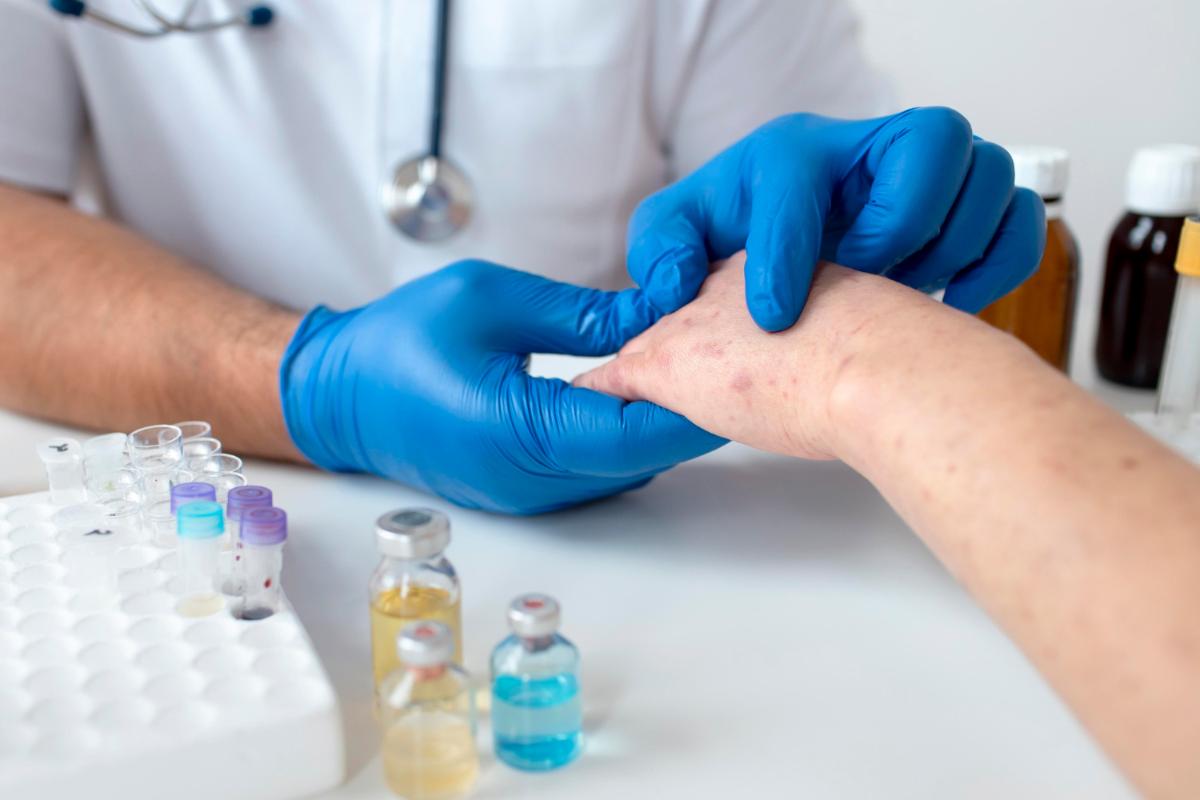What is Dermatopathology?

Dermatopathology is a medical subspecialty of pathology. Pathology involves the study of diseases and the study of the causes, progression, and course of an illness and any complications that arise from it. Histopathology, or anatomic pathology, involves studying the structural and compositional changes that occur in organs and tissues as a result of a disease. A pathologist is a physician trained in anatomic pathology that examines, interprets, and describes pathological specimens to determine a specific diagnosis or finding.
Dermatopathology is the study and description of compositional and structural changes that occur in skin diseases. For a more fundamental explanation, diagnostic dermatopathology in Pittsburgh PA involves the microscopic examination, interpretation, and description of biopsy specimens obtained from a person's skin. The biopsy itself is generally carried out by a general pathologist or by a dermatopathologist. It is common for a dermatopathologist to be trained in clinical dermatology but not as common for them to be fully trained in anatomic pathology. A dermatopathologist's interpretation of skin specimens can often be challenging and complicated, as many diverse inflammatory diseases can often share the same basic inflammatory pattern or process. A precise final diagnosis requires clinical input and clinicopathological correlation.
How are specimens examined?
After lengthy laboratory processing and staining, skin biopsy specimens are generally examined by investigating the structure of the subcutis, fascia, epidermis, and dermis and all of their existing underlying structures. Based on findings from these skin specimen examinations, a pathologist may present a definitive diagnosis or list several possible explanations, which is known as a differential diagnosis. Careful integration of clinical information in conjunction with the pathological findings is required to generate a final diagnosis of a patient’s skin disease.
Diagnosis errors
Pathologists must trust in the abilities of the clinician in supplying a complete history and differential diagnosis. Their job is often made easier when provided with a large biopsy sample instead of a small one. However, at times, even a large sample may not be representative of the disease a person is experiencing as a whole. This means that errors in diagnosis can occur. Examples of potential mistakes in diagnosis include, but are not limited to:
- A biopsy may not contain diagnostic material.
- A biopsy may have been taken from the wrong lesion.
- A biopsy could be crushed or fragmented.
- Processing errors may be present in the biopsy specimen.
- Lacking information on a request form.
- Subtle changes may be difficult to diagnose if a lesion is early in its development.
- The presence of another pathological feature may be obscured by dense cellular infiltration preventing a clear identification.
- Two very different skin diseases may appear similar under a microscope.
- The microscopy may appear normal despite the apparent presence of clinical disease.
- The thin section examined by the pathologist may not contain any part of the lesion present in a different portion of the original specimen.
Dermatopathology, a subspecialty of pathology, is a complicated and intricate field of study. If you need diagnostic dermatopathology in Pittsburgh PA, we are here to help with professional expertise to fit your needs.
Contact
Location
440 William Pitt Way
Pittsburgh, PA 15238
OFFICE HOURS
Monday-Friday: 8am-5pm
Saturday & Sunday: Closed
PHONE & FAX
(800) 786-3054 - Toll Free
(412) 968-9266 - Local
(412) 968-5673 - Fax
